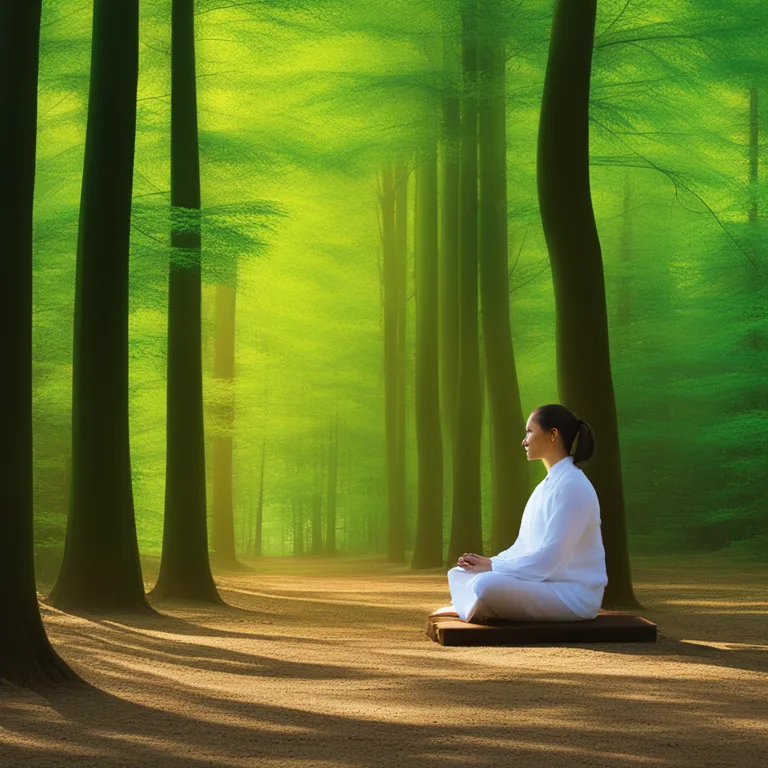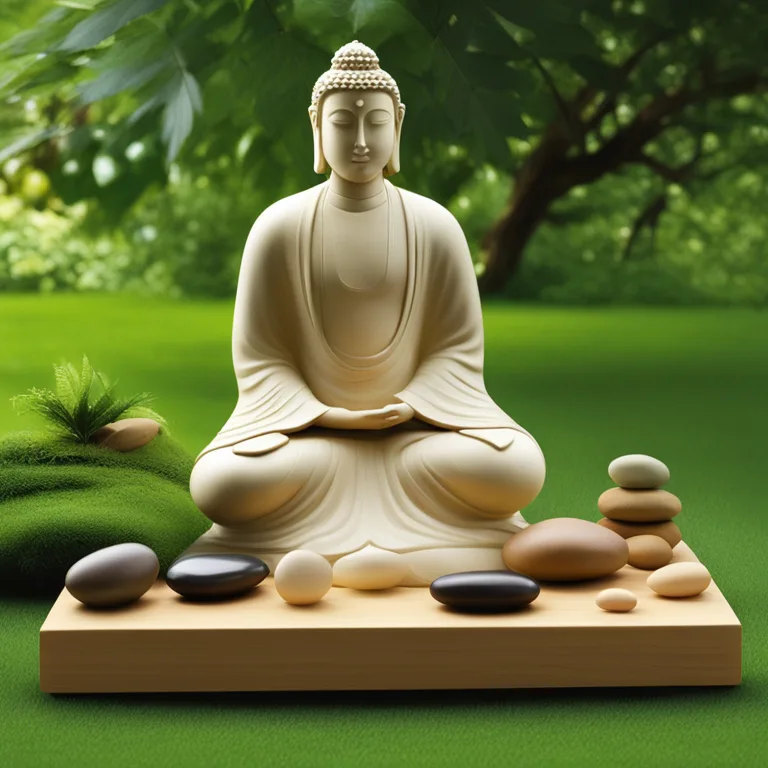
Exteroceptive Meditation
Discover techniques to enhance your awareness and connect with your environment through exteroceptive meditation.
article by Hina Kurosawa
In an era where mindfulness and inner tranquility have become cornerstones of a balanced life, exteroceptive meditation emerges as a profound technique to attune oneself with the external environment. Unlike introspective practices that turn attention inward, exteroceptive meditation encourages interaction with the surrounding world by heightening sensory perception. This article delves into the essence of this practice, which has gained momentum in recent years due to its grounding effects and ability to foster a deep connection with the physical realm.

Exteroceptive meditation begins with the foundational practice of sensory awareness. By focusing on one sense at a time, practitioners learn to magnify their experience of the present moment. For instance, engaging the sense of sight might involve observing colors and movements with a non-judgmental gaze. Similarly, sound meditation hones in on ambient noises, even the most subtle, to enhance auditory acuity. This form of meditative practice is not only therapeutic but also instrumental in sharpening sensory faculties, leading to a more vibrant experience of the world.

The sense of touch holds an essential place in exteroceptive meditation. Activities like walking barefoot on grass, feeling the texture of different fabrics, or handling various objects can become acts of meditation. In today's fast-paced world, such tactile exercises foster a state of mindfulness by encouraging individuals to slow down and fully engage with the physical sensations they encounter, thus grounding them in the present.

Olfactory meditation leverages the powerful connection between scent and cognitive states. Aromatherapy, featuring essential oils and incense, plays a significant role in this practice by creating an olfactory landscape conducive to meditation. The distinct aromas can evoke memories, promote relaxation, or stimulate focus, thereby enriching the exteroceptive experience. As we move forward, the fusion of ancient techniques with modern aromatherapy continues to revitalize this sensory pathway to meditative states.

Exteroceptive techniques also involve the art of mindful eating, where the focus is on savoring flavors, textures, and temperatures. This form of meditation aligns perfectly with contemporary trends of holistic wellness and conscious consumption. By paying close attention to the act of eating, one not only appreciates the subtleties of food but also fosters healthy eating habits, leading to improved physical and mental well-being.
Visual meditation can be particularly captivating in the digital age, as it offers a respite from screens and technology. Gazing at natural elements like water, fire, or landscapes can provide a visual anchor for meditation. This ancient practice, now seeing a resurgence, remains as relevant in 2024 and beyond, highlighting the timeless need for connection with nature and its restorative effects on the human spirit.
Exteroceptive meditation offers a myriad of pathways to heightened environmental interaction. By refining our sensory perceptions, we can deepen our connection to the world around us and discover a profound sense of peace and groundedness. As we embrace these techniques, we open ourselves up to an enriched life experience, with greater awareness and appreciation for the intricate tapestry of the present moment.
Published: 12/20/2023
Modified: 12/20/2023
More predictions
Come back here soon to learn more about yourself and your future


The Art Of Meditative Sketching
Discover how meditation and mindfulness can enhance the art of drawing, offering a peaceful escape and a journey to self-discovery.


Mindful Sketching: Blending Art With Presence
Delve into the serene practice of meditation and mindfulness drawing to foster inner peace and creative expression.


Beginner's Guide To Mindful Meditation
Discover key steps to starting your journey into mindfulness meditation with this beginner-friendly guide.